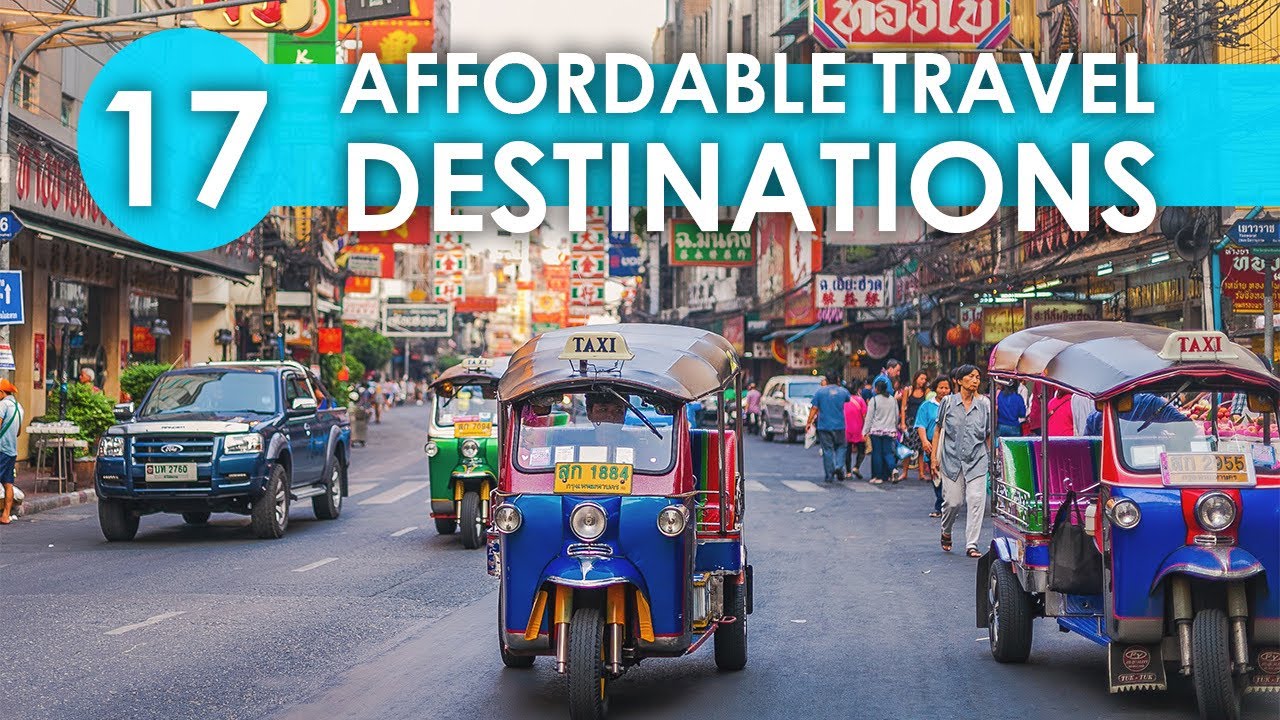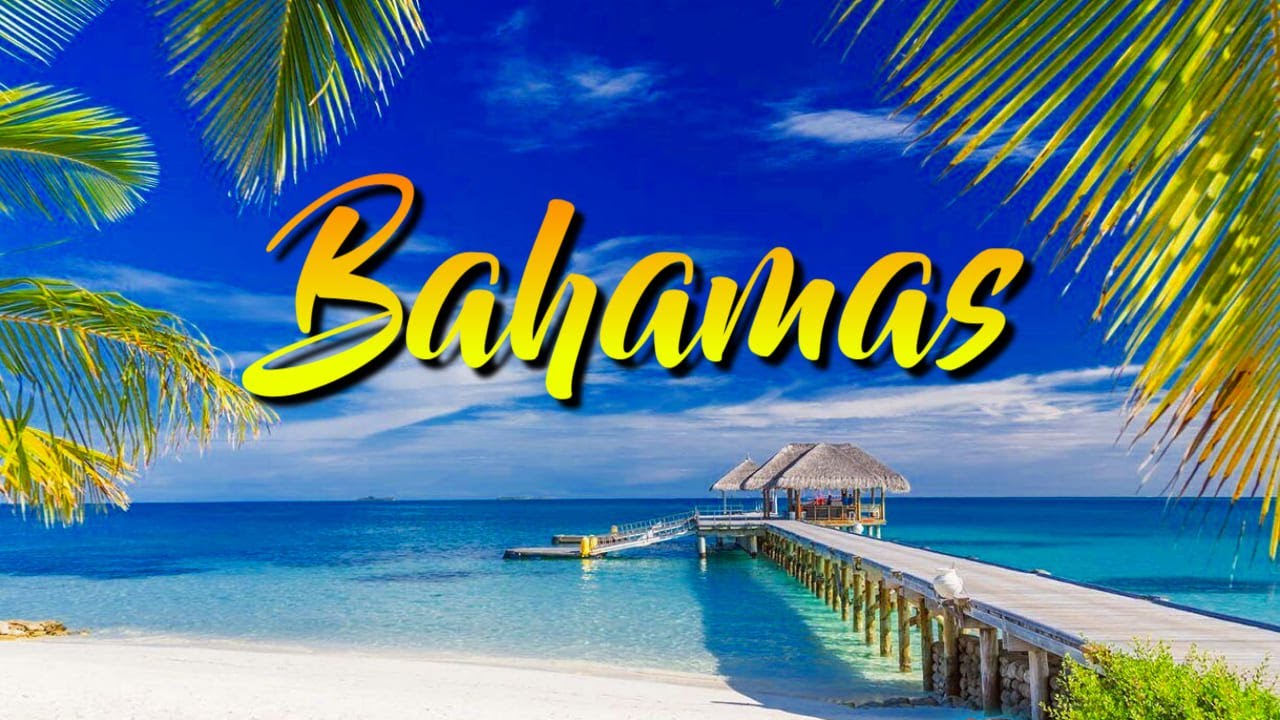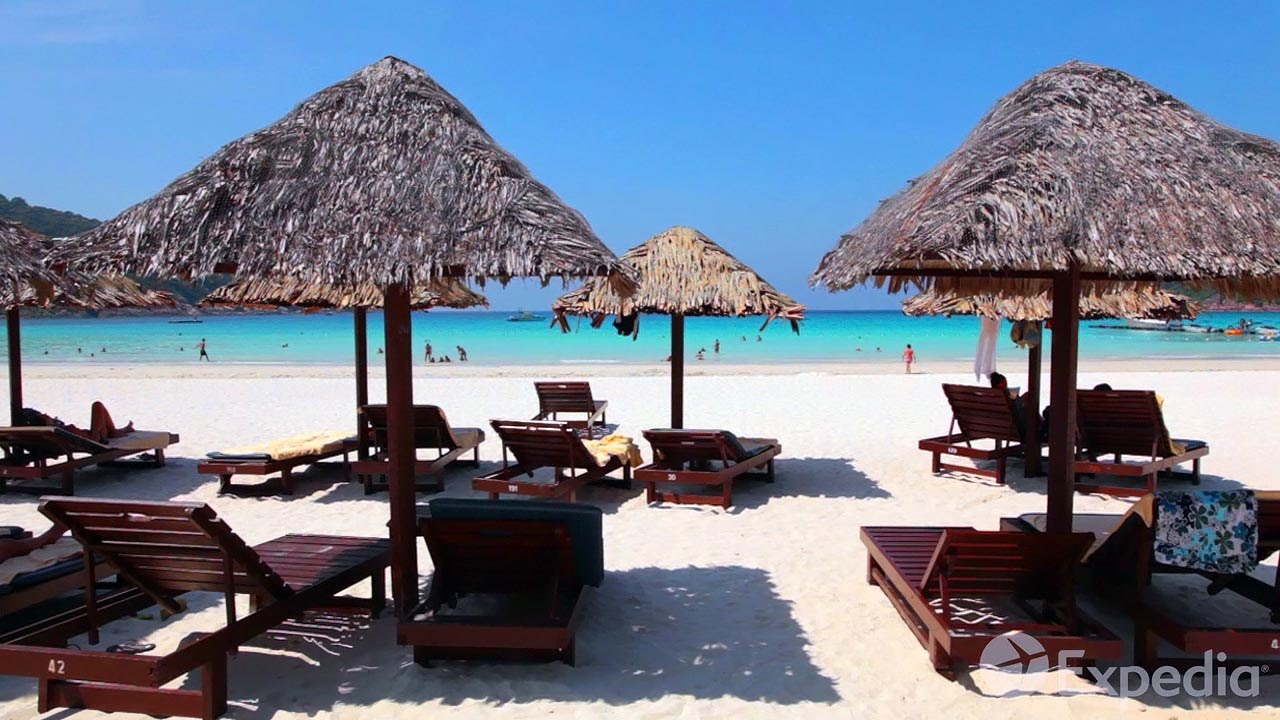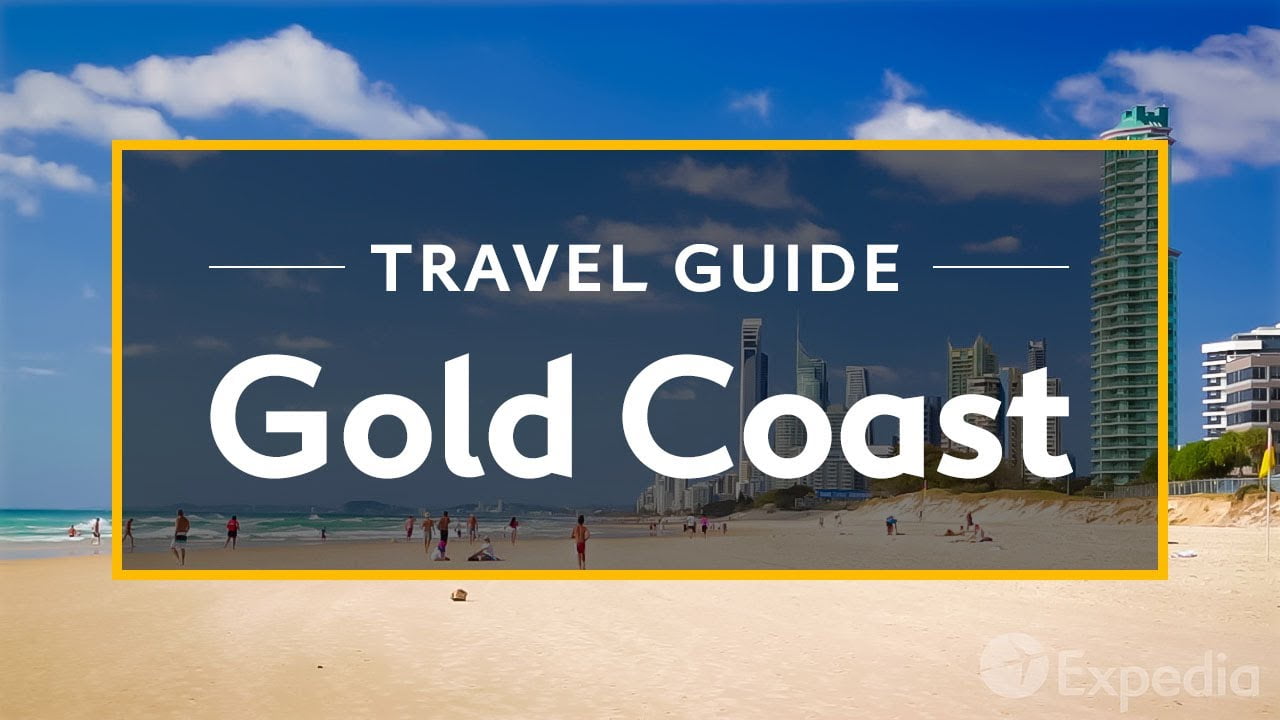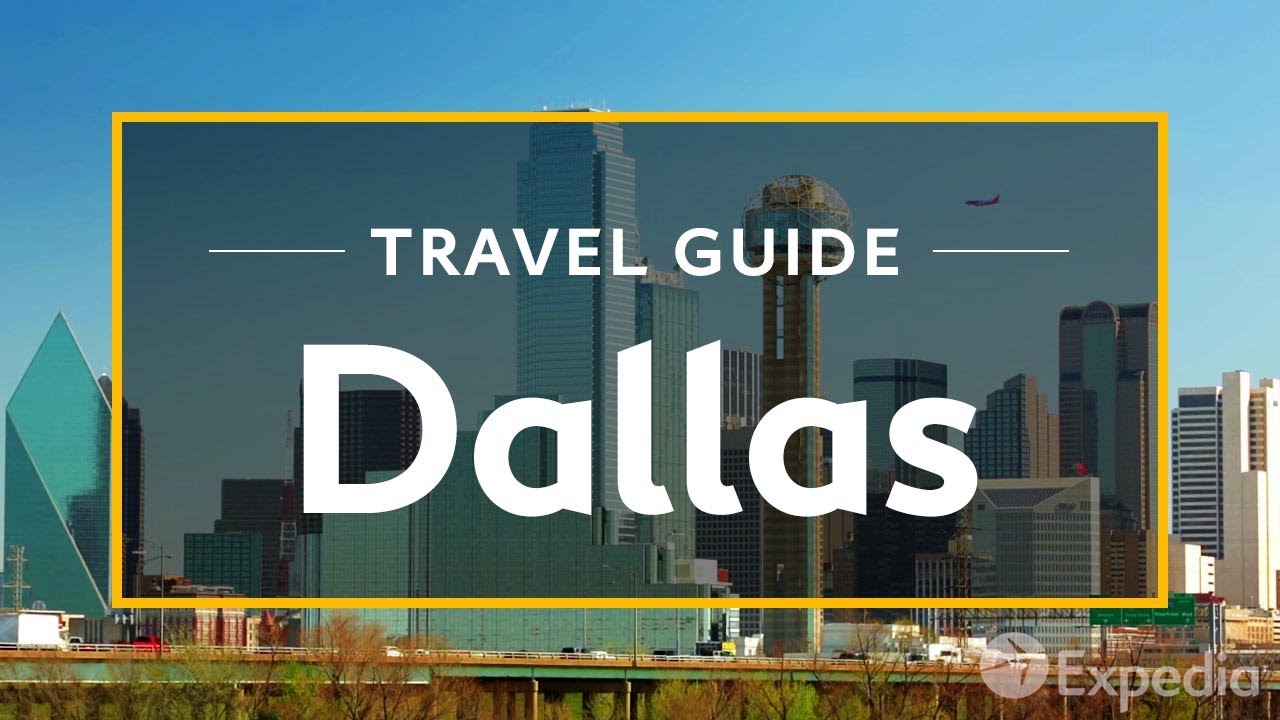Germany is one of the most historical and beautiful places on earth. Enjoy this travel guide of Germany’s
What’s up guys, my name is Ryan Shirley and I want to show you some of my favorite places in the magical country of Germany. So here is my Germany Top 25.
Germany is one of the most beautiful and historical countries in the world, filled with fairy tale towns, endless castles, and enchanting scenery.
There’s so much to explore in Germany.
Let’s start with the country’s highest mountain, the Zugspitze. Standing at 2,962 meters, it’s one of the most impressive mountains in Germany.
Located in southern Germany, the easiest way to reach the top is by cable car, which costs around 60 euros.
The gondola is one of the biggest I’ve ever been in, an engineering marvel and a bit scary going up. Once at the top, the mountain station is truly impressive, reminding me of an evil villain’s lair.
You can even walk through a tunnel to reach the Austrian side of the Zugspitze. From the German platform, you can see the summit cross.
My brother and I decided to climb to the top despite the snow making it a bit tricky, but we held on tight and made it to the cross. The views were unreal, and it’s less daunting in the summertime.
After the Zugspitze, take the cable car down to visit Lake Eibsee, known as the Maldives of the Alps for its clear water and tree-dotted islands.
The water’s color is astounding, and the area is perfect for walking along the lake, enjoying beautiful groves of trees, and relaxing on the shoreline.
Next, let’s head to Wagenbrüchsee, one of the most scenic places in Germany.
This beautiful little lake, nestled in the mountains and dotted with farm sheds, is overlooked by the perfectly placed Karwendel Alps, reminiscent of Alpe di Siusi in the Dolomites.
It’s a spectacular spot to enjoy the Bavarian sunset.
While still in Bavaria, visit Berchtesgaden, one of the most beautiful towns in Germany, just a two-hour drive from Munich.
Nestled in the Bavarian Alps, it’s known for the Watzmann Mountain, a uniquely shaped peak towering over the town.
Berchtesgaden is full of beautiful churches like the one in Ramsau, located next to a picturesque stream and bridge, and the Maria Gern Church with its perfect view of Watzmann Mountain.
A major draw for me was Hitler’s Eagle’s Nest, built in 1939 and given to Hitler for his 50th birthday. Accessible by bus, you walk through a deep tunnel into the mountain and end in a golden elevator.
Despite its costly construction, Hitler visited only 14 times due to his fear of heights and elevators. Today, the Eagle’s Nest is a restaurant with panoramic views, and you can hike in Berchtesgaden National Park.
From Berchtesgaden, visit Lake Königssee, created by glaciers and resembling fjords in Norway or New Zealand. A boat ride to the end of the lake, costing around 15 euros, takes about 50 minutes.
Stops include the famous St. Bartholomew’s Church and Obersee Lake, home to the iconic Fischunkelalm. The clear lake, surrounded by massive mountain walls, offers breathtaking scenery.
Next, visit Dresden, an incredibly beautiful city on the Elbe River in eastern Germany. Known for its baroque and rococo architecture, Dresden was almost completely destroyed during World War II air raids.
Today, after decades of restoration, Dresden is one of Germany’s most visited cities and is nicknamed the Florence of the Elbe.
Nearby is the Bastei Bridge in Saxon Switzerland, a famous rock formation in the Elbe Sandstone Mountains. A wooden bridge built in 1824 was later replaced by the present stone bridge, making it a must-visit spot.
Germany is also home to some of Europe’s most important rivers, with many scenic towns and castles along their shores.
The Danube, originating in the Black Forest and emptying into the Black Sea, is the second-largest river in Europe. Passau, located on the Austrian border, is a city on the Danube known as the City of Three Rivers, where the Danube, Inn, and Ilz rivers meet.
In western Germany, the Rhine River begins in Switzerland and empties into the North Sea, passing through cities like Cologne and Düsseldorf.
The banks of the Rhine are home to numerous towns and castles, such as Pfalzgrafenstein Castle, built in the 14th century as a toll station. Another notable river is the Moselle, known for its wine country and terraced vineyards, with highlights like Cochem Castle, rebuilt in the 19th century after being destroyed by the French.
One of Germany’s most impressive castles is Hohenzollern Castle, located on Mount Hohenzollern and completed in 1867 as a memorial to the Prussian royal family.
It’s one of the most visited castles in Germany, thanks to its picturesque setting.
Lake Constance, a massive lake bordering Germany, Austria, and Switzerland, is another scenic spot. The town of Lindau, located on an island, offers a unique historical experience.
Meersburg, on the shores of Lake Constance, is known for its beautiful colored houses and historical significance.
Berlin, Germany’s capital, is a thriving city with a complicated history. Documented since the 13th century, it was heavily bombed during World War II and divided during the Cold War.
Reunited in 1990, Berlin today features landmarks like the Brandenburg Gate and the Berlin Wall Memorial.
Hamburg, Germany’s second-largest city, is known for its port and numerous canals. The Speicherstadt, the largest warehouse district in the world, and the Alster Lakes are notable attractions.
Lübeck, an hour from Hamburg, was once the de facto capital of the Hanseatic League and is famous for its seven church towers and the Holstentor gate.
Exploring northern Germany’s Baltic coast, places like Brodtener Steilufer offer incredible views, while Schwerin Castle, located on an island in Lake Schwerin, showcases romantic architecture.
In western Germany, Cologne, located on the Rhine River, is known for its impressive Gothic cathedral, whose construction spanned nearly 600 years.
Frankfurt, a major financial hub, offers a mix of skyscrapers and historical sites like the Römerberg square. Heidelberg, with its ancient university and beautiful bridges over the Neckar River, is another must-visit.
The Black Forest, associated with the Brothers Grimm fairy tales, is famous for its dense forests and picturesque villages like Freiburg.
Rothenburg ob der Tauber, one of the best-preserved medieval towns in Europe, offers a fairy tale-like experience with its Christmas markets and historic charm.
Finally, Munich, the capital of Bavaria, known for its resilience and restoration post-World War II, features iconic spots like Marienplatz and the Neuschwanstein Castle, the inspiration for Disney’s Sleeping Beauty Castle.
This fairy tale castle, nestled in the Bavarian Alps, offers phenomenal views and historical intrigue.
Germany truly is a magical place, full of incredible sites and rich history. Let me know your favorite places in Germany in the comments below.
You can find me on Instagram and TikTok at shirley.films.
Thanks for watching, and we’ll see you later!



